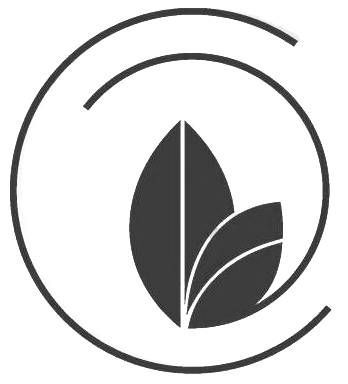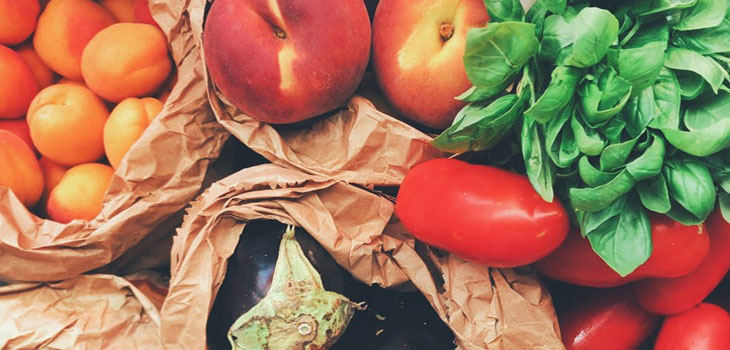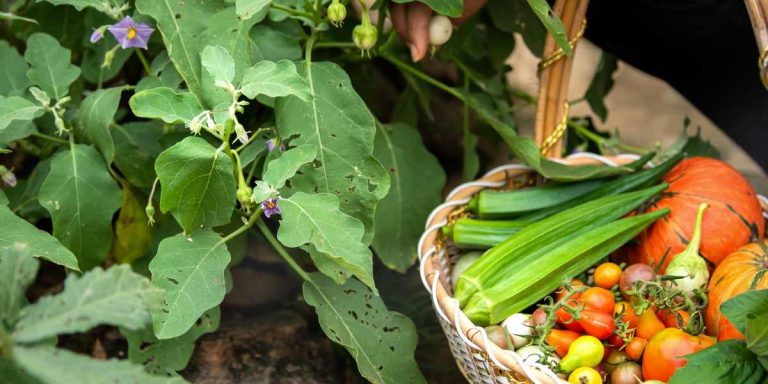How to make echinacea tincture

Echinacea is a flowering herb used for thousands of years for its medicinal properties. It’s often used as a natural common cold and flu remedy, and it’s been proven to boost the immune system. But did you know that you can make your own Echinacea tincture? Making this herbal medicine at home is so easy! In this article, I’ll show you how to do your own tincture of Echinacea step by step.
Table of contents:
- What is Echinacea?
- What Echinacea is medicinal?
- How to harvest Echinacea
- How to dry Echinacea
- How to make Echinacea tincture
- How to use echinacea tincture
- What is echinacea tincture used for?
- Echinacea tincture dosage
- Why take echinacea tincture?
What is Echinacea?
Echinacea (also known as coneflower or purple coneflower) is a medicinal plant that’s also a perennial herb in the daisy family. Native to North America, Echinacea is most often used as a tea or tincture for colds and flu symptoms, as well as ear infections and sore throats.
Moreover, Echinacea is easy to grow from seed – so you can plant it in your garden if you have one! It’s also easy to make an Echinacea tincture with just fresh or dried Echinacea, vodka, and a few other simple ingredients that will help you benefit from its numerous medicinal properties.
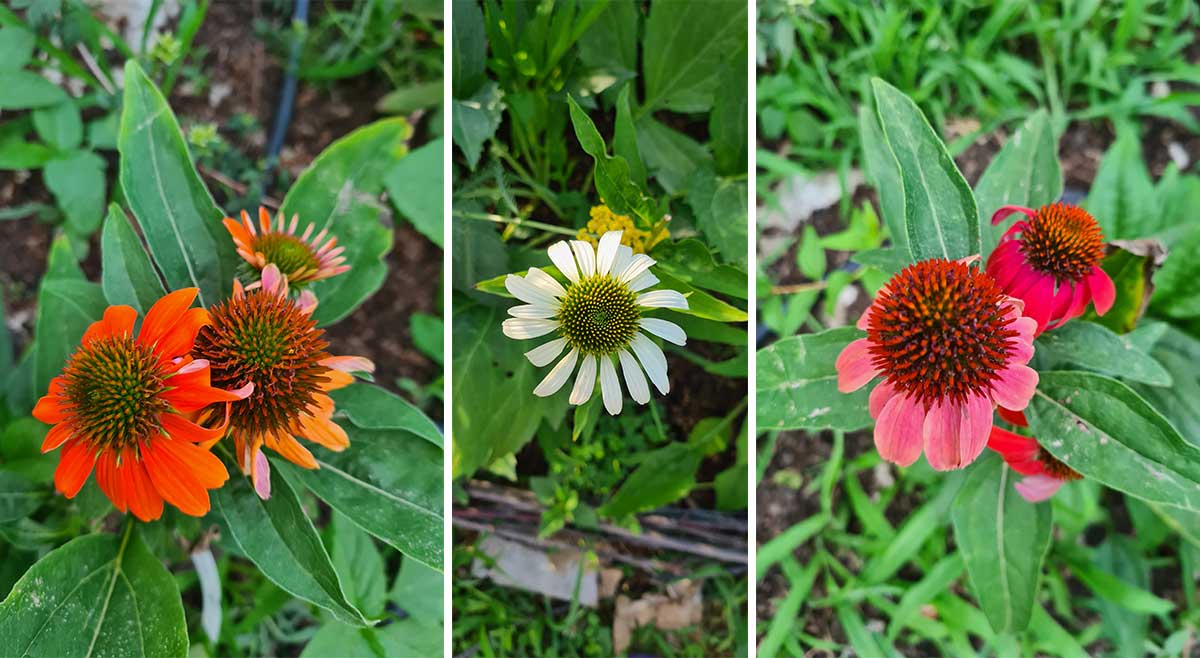
What Echinacea is medicinal?
There are numerous varieties of this species out there, but which Echinacea is medicinal? There are three different species of Echinacea that can be used for medicinal purposes:
- Purple Cone Flower (Echinacea purpurea)
- Plains Cone Flower (Echinacea pallida)
- Eastern Cone Flower (Echinacea angustifolia)
Today, Echinacea is often used in supplements to help boost your immune system (I’m sure you heard about Echinacea cough drops before!). The roots of this herb are particularly useful in herbal medicine as they contain a compound called Echinacein that’s responsible for many of its healing properties. The herb also contains a substance called alkylamides which stimulates white blood cells and increases their ability to fight off infections.
People with allergies to ragweed, marigolds, daisies, or other plants in the Asteraceae family may experience an allergic reaction when ingesting Echinacea. It’s best to consult with your doctor before taking any herbal medicines.

How to harvest Echinacea
Echinacea is a perennial herb that grows in the wild and can be found throughout North America. In contrast to other herbs, you don’t need to plant it yearly – it will grow on its own if given the right conditions. Yes, Echinacea is a self-seeding flower! It’s also one of those plants that tend to pop up when and where it feels!
Echinacea flowers are beautiful, but they’re also difficult to harvest because they’re hard to find (in case you don’t have them in your garden already), fragile once picked off the plant, and difficult to dry without damaging them or losing their potency. If you want fresh Echinacea flowers for making your tincture, here’s what you need to do:
- Harvest Echinacea when the flowers are fully open and at their peak.
- Dry them slowly in a dark place so they don’t lose color or potency.
One of the most important things to remember about drying Echinacea is that it should be done slowly and in a dark place. Remember, these are delicate flowers with petals that are only millimeters thick. If they dry too fast or in direct sunlight, they’ll lose their color and part of their potency.
How to dry Echinacea
As I mentioned above, the drying of Echinacea should happen slowly, in a dark environment. Here are the complete instructions:
- Place your Echinacea in a cool, dark place to dry.
- Let the herb dry for at least two weeks.
- It’s best to dry Echinacea in a paper bag or in a glass jar with a lid that can be sealed tightly.
You can also use an electric dehydrator to dry herbs, but if you don’t have one of these, you should look into drying your herbs outside in direct sunlight during the day – it’s slower but definitely efficient!
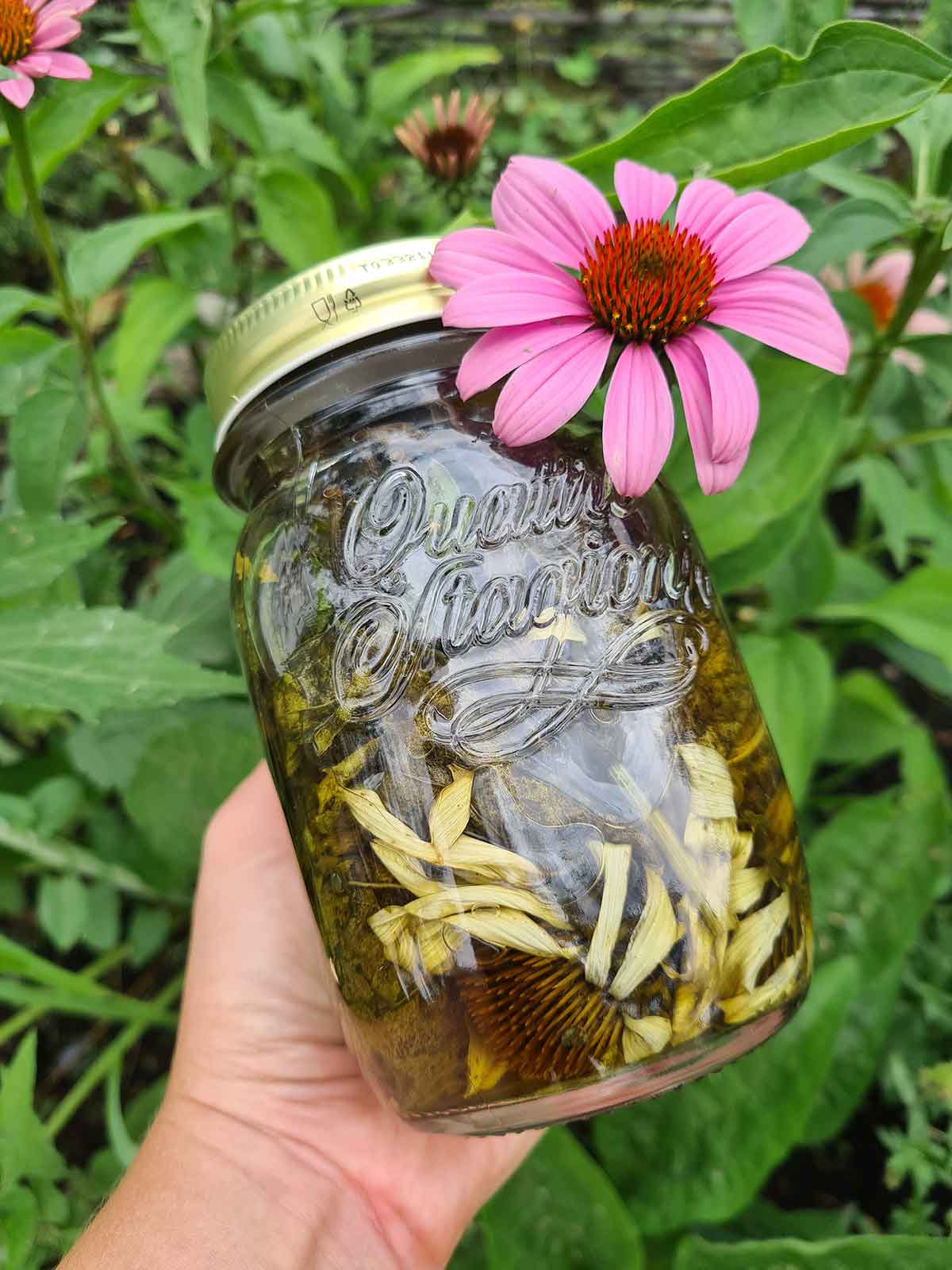
How to make Echinacea tincture
Here’s my complete Echinacea tincture recipe:
Ingredients:
- fresh or dried Echinacea – the latter is more convenient if you don’t have access to local wild plants
- Vodka
Equipment:
- A mason jar – this will hold the Echinacea tincture while it steeps. It should be sterilized before use to ensure that no harmful bacteria are introduced into your tincture’s mixture.
- Cheesecloth or a tea ball to strain the mixture after steeping – a plain piece of cheesecloth is ideal, but any kind of cloth will work as long as it’s clean and free of fibers
- A funnel – this allows you to easily pour liquids from one vessel into another
- Glass canning jars with lids (or other glass containers like those used for jams or syrups) – to store the finished product
The process is pretty simple:
- Place your Echinacea flowers (at least half a cup) in a mason jar and cover with alcohol. The ratios are not important—just make sure that all parts of your plant are submerged in liquid.
- Add enough alcohol to completely cover all of your plants, then cap and shake vigorously until the liquid becomes cloudy.
- Let this sit for 24 hours, shaking again the next day.
- Shake again every day for at least 4 weeks or up to 6 weeks if possible. I like to do a small prayer every time I shake the jar. The longer it steeps, the stronger it becomes!
- After at least one month, strain the liquid using the cheesecloth and you’ll have your Echinacea tincture.
- You can store your tincture in the same jar or use a funnel to transfer it into smaller jars with lids or bottles with dropper lids.
- Store somewhere cool (but not cold!) away from direct light.

How to use echinacea tincture
To use the Echinacea tincture, you should take around 2 droppers about 3 to 4 times a day. Make sure you don’t take Echinacea tincture on an empty stomach; instead, take it after you’ve eaten or pour your drops into a large glass of water. It’s also non recommended to take Echinacea tincture for more than 10 days in a row.
You can also use it as a skin wash or gargle for infections of the throat, mouth, and lungs. Echinacea is also good for wounds, cuts, and burns.
What is echinacea tincture used for?
In short, here are the main Echinacea tincture uses:
- boost the immune system;
- relieve the symptoms of colds, flu, and other infections;
- help fight infections.
Echinacea tincture can be taken at any time to help stop a cold from starting or reduce symptoms if you already have one. It can also be used to prevent travel sickness before heading on vacation.
Echinacea tincture dosage
Your dosage will depend on the strength of the tincture you’re using, but typically it’s best to take 2–3 droppers (approximately 20–60 mL) three times daily.
The length of time you need to use Echinacea varies depending on what condition you’re trying to treat. For example, if your symptoms are not severe and acute (like a cold), you may only need to take it for 1–2 days; however, if you have chronic or recurring conditions such as asthma or seasonal allergies, then you may need treatment for several months at a time.
In some cases, where the infection is present or there is an open wound that needs healing faster than usual (e.g., burns), continuous dosing with Echinacea can help speed up the healing process.
There isn’t much evidence available regarding how long one should take Echinacea tinctures; however, most experts recommend taking them intermittently — for example, every few weeks until symptoms resolve themselves.
Why take echinacea tincture?
Echinacea tincture is an incredibly effective immune system booster. It’s been used for centuries by Native Americans to fight off colds and flu. Echinacea can also be taken as a home remedy for both acute and chronic conditions caused by viruses and bacteria.
Echinacea tincture can be taken as a preventative measure to avoid getting sick. It also works wonders when someone already has sniffles from an imminent cold or flu. Simply take one teaspoon of Echinacea tincture mixed with water twice daily for five days straight and you’ll see the results!
The most important thing to remember is that Echinacea tincture is a potent medical herb and should be used appropriately. It should be taken in small amounts and only as needed by your body. I recommend starting with a dose of one teaspoon (5 ml) once or twice per day with food. You may gradually increase the dosage until you feel better, but do not exceed more than three teaspoons daily unless under the supervision of a doctor.
If you make this, please leave a review and rating if you liked this recipe! ★★★★★
